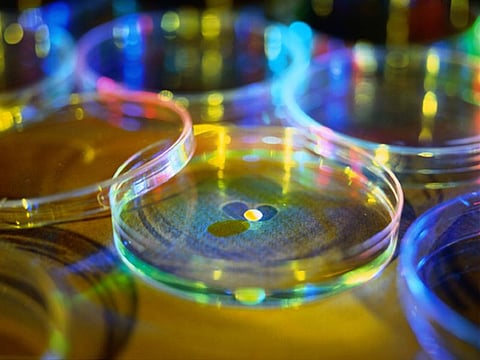FRIDAY, April 1, 2016 (HealthDay News) -- An in vivo transplantation model has been used to develop a three-dimensional (3D) integumentary organ system from induced pluripotent stem cells, according to research published online April 1 in Science Advances.
Ryoji Takagi, from the Tokyo University of Science, and colleagues developed a novel in vivo transplantation model designated as a clustering-dependent embryoid body transplantation method. Using induced pluripotent stem cells, they generated a 3D integumentary organ system, which included appendage organs such as hair follicles and sebaceous glands.
The researchers found that following transplantation into nude mice, the bioengineered organ system was fully functional and could be properly connected to surrounding host tissues, such as the epidermis, arrector pili muscles, and nerve fibers, without tumorigenesis. Within the 3D integumentary organ system, the bioengineered hair follicles showed proper hair eruption and hair cycles, which included rearrangement of follicular stem cells and their niches.
"Potential applications of the 3D integumentary organ system include an in vitro assay system, an animal model alternative, and a bioengineered organ replacement therapy," the authors write.
Two authors are employees of Organ Technologies, which partially funded the study.
Abstract
Full Text


